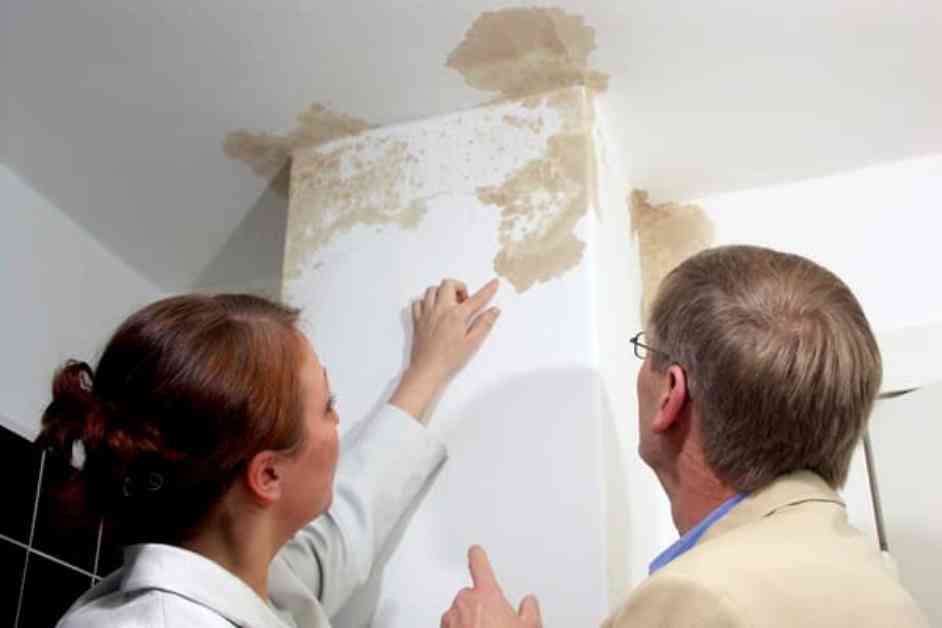Home is supposed to be a safe place for everyone, but there are hidden dangers lurking in our living spaces that can affect our health. From the air we breathe to the products we use, everyday contaminants can pose serious risks to our well-being. According to CNN, around 119 million people in the US live with polluted air, putting them at risk of health issues. These pollutants can come from volatile organic compounds (VOCs) in paints and furnishings, PFAS in cookware and carpets, and even toxic substances in personal care products.
These contaminants are common in modern households and can be especially harmful to vulnerable groups like children and the elderly. Indoor air pollution is a major concern, with Americans spending 90% of their time indoors where pollutants can be 2-5 times higher than outdoors. Pollen, dust mites, pet dander, and mold can all contribute to respiratory issues and allergies. Volatile Organic Compounds (VOCs) released from cleaning products and paints can also affect indoor air quality.
Contaminated drinking water is another serious issue, with 26 million Americans drinking water that is laced with dangerous contaminants like PFAS. These chemicals can have serious health effects, including cancer and developmental disabilities. Pesticides, heavy metals, and microbial contaminants can also enter our water supply, causing prolonged health effects. Using water filtration systems and staying informed about water quality reports can help mitigate these risks.
Food contamination is a significant concern, with pesticide residues, harmful additives, and heavy metals found in many everyday products. Choosing organic produce, limiting processed foods, and being cautious with baby foods can help reduce exposure to these contaminants. Plastics and BPA exposure from food containers can also pose health risks, especially when heated. Opting for BPA-free products and using glass or stainless steel containers can help reduce exposure to harmful chemicals.
Household pesticides are another source of potential health risks, as they can contain toxic materials that linger in our living spaces. Safer alternatives like natural pest control methods can help reduce these risks. Keeping your home clean, sealing entry points, and eliminating food sources can also help prevent pest infestations without the use of dangerous chemicals.
Incorporating safer practices like increasing ventilation, using water purifiers, selecting organic produce, choosing safer cleaning products, and opting for BPA-free containers can significantly reduce exposure to everyday pollutants in our homes. Being informed about potential sources of contamination and taking proactive steps to create a healthier living environment are essential to safeguarding your family’s health against these common daily hazards. By making informed decisions and staying mindful of the products we use, we can protect ourselves and our loved ones from the harmful effects of everyday contaminants.

